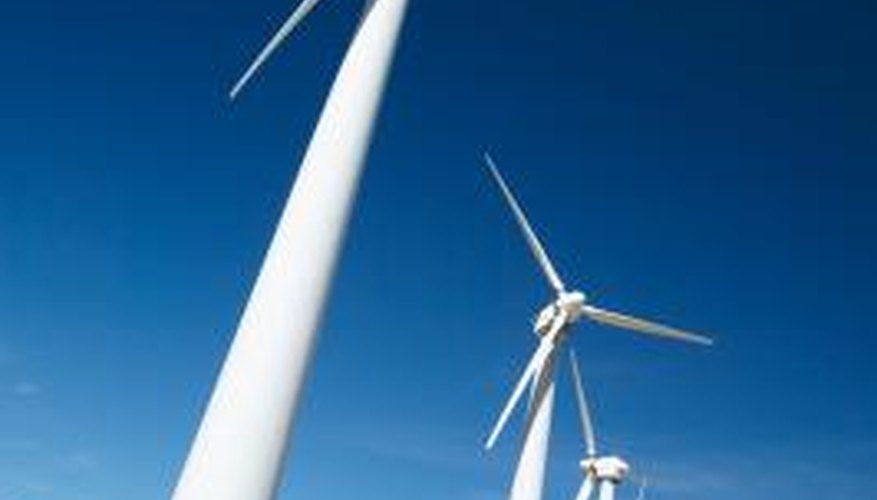Kinetic energy is the energy of motion, and every item that moves has kinetic energy. When an object is perched at the top of the hill, the object creates a set amount of energy when it rolls down the hill. The energy at the top of the hill prior to rolling is called potential energy. When the object rolls down, the potential energy is converted into kinteic energy, also known as the energy of movement.
Abundant Energy Source
Since every item that has movement has kinetic energy, it is one of the most plentiful energy sources in the world. Civilisations harnessed kinetic energy for centuries, including using water wheels to power boats and wind turbines to create electricity. When electrons move in a medium, that is electrical energy, and it is an application of kinetic energy.
Creating Kinetic Energy
The only item needed to create kinetic energy is a force great enough to overcome the friction of the object with the surface it is on. For example, the force of gravity is enough to propel a wheel down a hill to create kinetic energy. Any force used to create movement, regardless of how large or small, creates kinetic energy.
Friction
Movement, no matter how well lubricated, has friction associated with it. Friction is the natural force opposite to the direction of movement. For example, in a wheel moving along the sidewalk, the friction between the sidewalk and the wheel causes a loss of energy, and it eventually stops. Friction is an important aspect of kinetic energy and, over time, can wear down joints and break machinery.
- Movement, no matter how well lubricated, has friction associated with it.
- Friction is the natural force opposite to the direction of movement.
Control
Kinetic energy can be difficult to control because of its tendency to continue moving unless something stops it. In the case of the object rolling down the hill, the object will continue to roll down the hill until something gets in its way to stop it such as another object or friction. This makes kinetic energy unpredictable, especially if you make a miscalculation and the object doesn't stop. It can damage equipment or cause injury.
- Kinetic energy can be difficult to control because of its tendency to continue moving unless something stops it.
- This makes kinetic energy unpredictable, especially if you make a miscalculation and the object doesn't stop.
